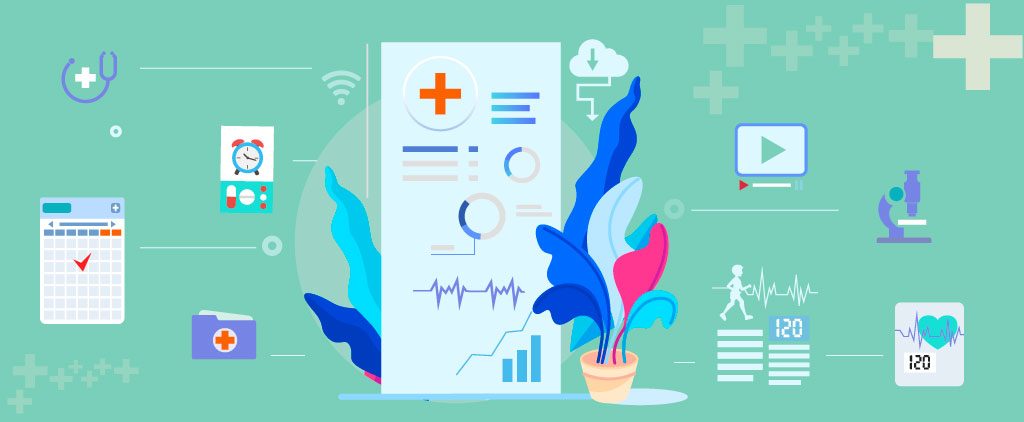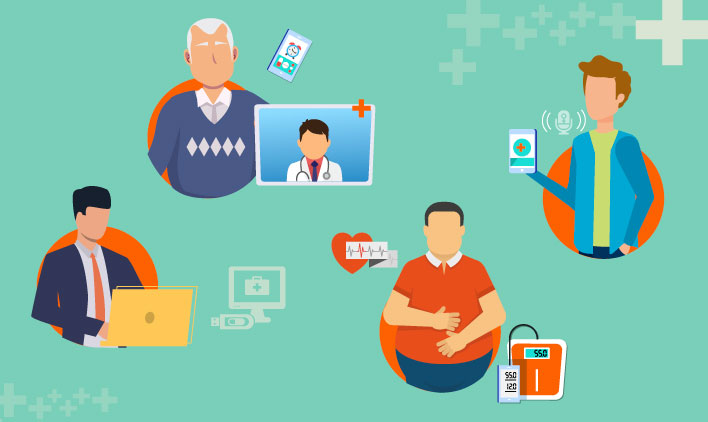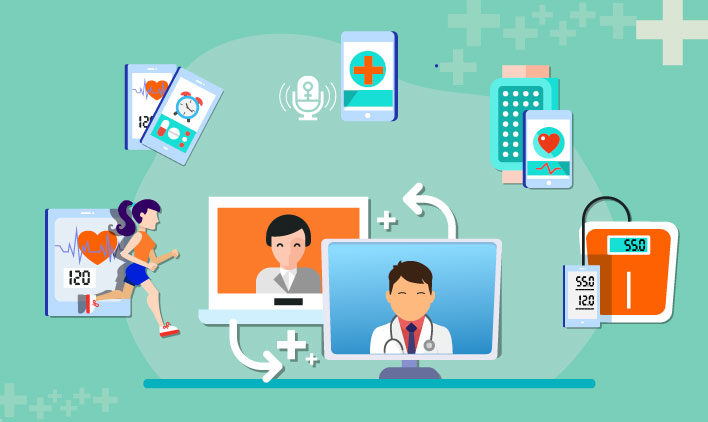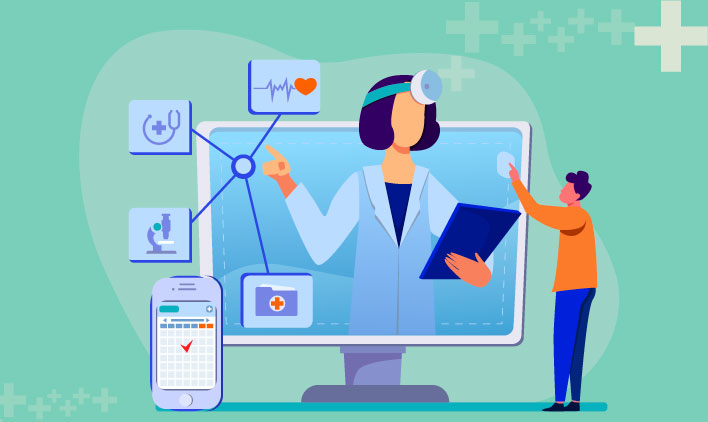Principles for Making Digital Healthcare More Human-Centric
April 29, 2020

In the last decade, technology has leapfrogged its way to the center-stage towards medical diagnosis and preemptive care. The online healthcare industry is focussing on leveraging technology to solve an impressive number of medical problems for all human beings. We can book appointments with doctors at the click of a button and check their availability without talking to an assistant.
Soon diagnoses became digital; the treatments matured to be more efficient. But is it humane enough? As the queues outside dispensaries shrink and delivery of medicines becomes more seamless online, the healthcare industry is losing touch with a much-needed strain of human emotion in the process – empathy!
Despite the advancements, the human touch was missing in design-driven digital healthcare. To address this, half of the healthcare industry started working on making solutions more accessible, while the other half was working harder on strengthening human relationships by bringing about trust and reliability on the platform. After all, nothing is more personal than our bodies. Throughout this journey, we found out six significant principles that are a must in making Digital Healthcare more Human-Centered.
1 Provide Democratic Access
Patients are patients, no matter where they live, so if you make an app make it for all. Patients come from different backgrounds and lifestyles, so it is vital for the app UI to be easy to understand, for all cognitive abilities and levels of understanding. Healthcare app design must accommodate for differences in usability patterns in rural and urban areas.

2 Seamless Integration
When it comes to healthcare, the onboarding process has to be painless and straightforward. All subsequent logins should be easy and quick while facilitating seamless integration across all health-related platforms. Centralization of patient records and health information systems can provide unique opportunities for personalized recommendations within the healthcare app UI design. Centralization can also be of great assistance to doctors. Real-time data and machine learning can enhance the user interface to keep tabs on the medication intake and treatment to suit a customer’s needs. Research-driven UI UX design solutions for a great experience can generate insights to reduce the time taken between diagnosis and cure.

3 Design UI For Multiple Personas
Depending on the type and severity of the health condition, a health application is accessed. Hence, medical app designs must facilitate interaction by related family members and various healthcare professionals to ensure the delivery of effective, proven treatment to overcome physical and mental ailments. Human-centered design can be specifically useful in predicting human behavior, such as regular misses in recording blood pressure in an app. Micro-interactions can be used to delight the customer by looking after unexpected needs.

4 Device Agnostic Healthcare Design
The user interface is no longer limited to variations in screen sizes and resolution. Voice-based UI and wearables are pushing the envelope in terms of quantity and quality of data collection and interaction based on the data points. Medical mobile app design can serve as the focal interface that hooks on to devices that track physical movement, which can be, for example, accessed locally from a desktop. Various micro-interactions can also be designed based on the device functionality to personalize the app experience for the user and humanize a rather mundane process.
5 Assist In The User Journey
Probably one of the most positive interactions that take place with a doctor at the clinic is the notion of a shared experience. The doctor examines you, diagnoses an illness, suggests a cure, and then conveys the success of the process and the need for further treatment if any. Although this may be hard to emulate entirely, design-driven healthcare can incorporate AI-driven chatbots to keep the conversation alive and reassure the patient of the progress they’re making. This digital empathy can build a deep-rooted connection between the user and the product.
6 Promote Inclusivity
In the physical world, being a doctor is considered a profession of honor. Different doctors in the same discipline consult each other and exchange notes while working on their most challenging cases. Design in the healthcare domain must work towards fostering this exchange within the medical community, healthcare professionals, and the heath-tech industry at large. Popularly used apps must contain user forums that share dialogue between patients and doctors to remove the isolation one might often feel while rendering and receiving remote healthcare.
Digital design is now making significant improvements in the healthcare sectors. Ease of diagnosis and speedy delivery of medication and treatment can go a long way in preserving and prolonging people’s lives. Designing Digital Healthcare through technology shouldn’t focus on the functionality alone; it should try to seem more familiar to the users whose lives it impacts. The human-centric design strikes a connection with the end-user, makes their lives a little easier and calms them when they feel alone. Seeming interested, authentic, and genuine while delivering care can be the most critical function of digital healthcare.
Keep reading about
LEAVE A COMMENT
We really appreciate your interest in our ideas. Feel free to share anything that comes to your mind.




